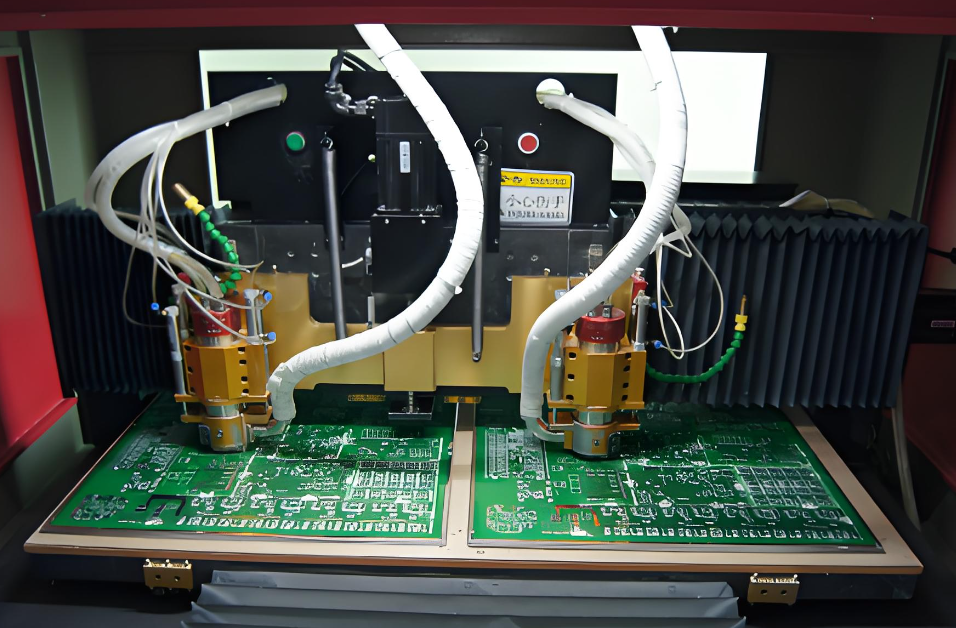What You Need to Know About Printed Circuit Boards:
Electromagnetic compatibility is a crucial aspect of electronic equipment, as it ensures that devices can operate efficiently and without interference in various electromagnetic environments. The primary goal of EMC is twofold: first, to enable electronic devices to resist external electromagnetic interference (EMI) so they function correctly in designated environments; and second, to minimize the electromagnetic emissions generated by these devices, thereby reducing interference with other electronic systems.

EMC
Key Strategies for Enhancing Electromagnetic Compatibility in PCBs
Choosing Appropriate Trace Widths: The influence of transient currents on PCB traces is significantly affected by the inductance of the printed wiring. To mitigate this interference, it is essential to select trace widths that minimize inductance, ensuring stable operation in varying electromagnetic conditions.
Implementing Effective Routing Strategies: Employing a comprehensive routing strategy is vital. Equal-length conductors can reduce inductance, though they may increase mutual inductance between wires and the associated distributed capacitance. It's advisable to utilize a well-structured network layout, where traces on one layer run horizontally and those on the opposite layer run vertically. This approach helps manage the crossover points at vias, which can be connected using metallized holes for more effective signal integrity.
Preventing Crosstalk: To suppress crosstalk between conductors on a PCB, designers should avoid excessive length in parallel wiring. Increasing the spacing between wires and minimizing the crossover of signal, ground, and power lines are essential practices. Effective crosstalk reduction can be achieved by strategically placing printed lines between sensitive signal traces, thereby enhancing the overall robustness of the design.
By adhering to these principles, you can significantly improve the electromagnetic compatibility of your PCB designs, leading to more reliable and efficient electronic devices.